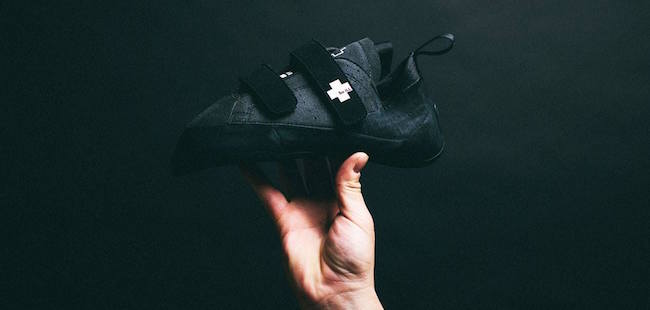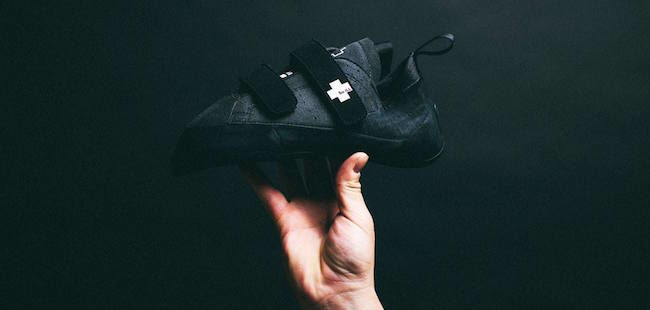
The brothers that run So iLL Climbing, Dave and Daniel Chancellor, have always felt like outsiders. But now, after starting one of the most distinctive climbing hold brands, opening a unique climbing gym and launching a line of retro-inspired climbing shoes, their brand is poised to become a mainstream leader in the industry.
The company’s creation story has been well documented by podcasters and others, and is one of the most inspirational in the modern climbing business world. The brothers are known for pushing creative boundaries (some might say too far) and for producing some of the most original and professional marketing in the climbing sector. The idea to create climbing holds that resembled light bulbs, teeth and baby heads may seem cliche now, but at the time they fundamentally changed the climbing hold market by showing the possibilities of what a grip could be.
Most of their success comes from the brothers just being themselves, but it also comes from them trying to bring to market products that they want to use themselves. This gets to the heart of where the company is going and guides their growing line of “lifestyle” products.
So iLL’s Dave Chancellor talks with Strange House Podcast in 2015 about So iLL’s history in grip making and their foray into opening a climbing gym
Be Your Own Customer
After starting their So iLL Climbing gym in St. Louis, Missouri in 2012, the Chancellors started seeing aspects of themselves in the customers that were walking through their doors. “The demographic is us,” Daniel Chancellor told CBJ during an interview at the the CWA Summit in May. Both the customers and the founders are young professionals that ride bikes to the gym and drink craft beer after a session. More importantly, they are not all that interested in the newest lightweight carabiners or the next generation of cams or a better handling rope; they want products they can use in the gym that are fashionable and were designed with the gym climber in mind.
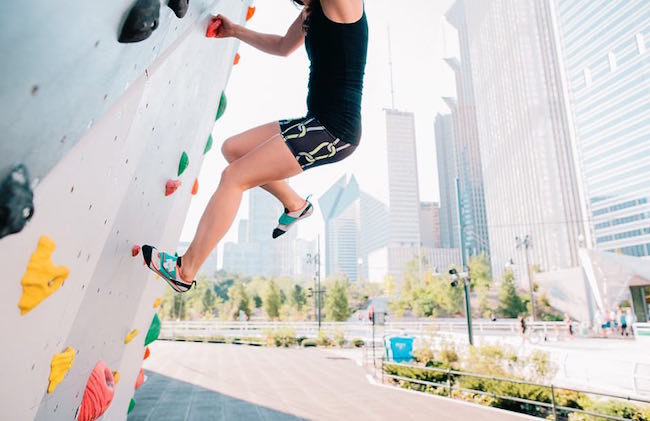
Currently, the number one climbing gym demographic is 20 – 30 year olds, which fall into the powerful Millennial market segment. This group is one of the most talked about and targeted age groups in the marketing world and every climbing gym owner should be aware of their buying power. But according to Daniel Chancellor, major climbing brands are ignoring Millennials. “No one has taken this – the biggest demographic in climbing – and taken them under their wing and tried to produce products for them in that urban environment,” he said.
And so So iLL has taken on the challenge. “I just don’t want to settle,” Chancellor said. “We don’t pump out products just to pump out products to sell them. We really want to make cool stuff.”

Shoes and design
If you tried to tailor a product for every user group in a climbing gym, including staff, that is essentially what So iLL is trying to do. Climbing holds and setting buckets for the routesetters; quickdraws and ropes for the sport climbers; crashpads and chalk pots for the boulders; rings and hangboards for the trainer; yoga pants for the yogis; and dry bags for all them to haul all of it to the gym.
Despite all these products, a climbing shoe line was a missing component to the company’s growing array of lifestyle products. The brothers knew that their customers wanted fashionable, hip climbing shoes that were tailor made for climbing in the gym.
Daniel felt that the major shoe brands were trying to do something different and interesting, but not quite succeeding. “I felt like they kinda didn’t know what to do,” he said. He pointed to several examples of brands trying to mix up their style including adding splatter paint. “This is going backwards, this is not clean, this is not simple, this is not creative,” he said.
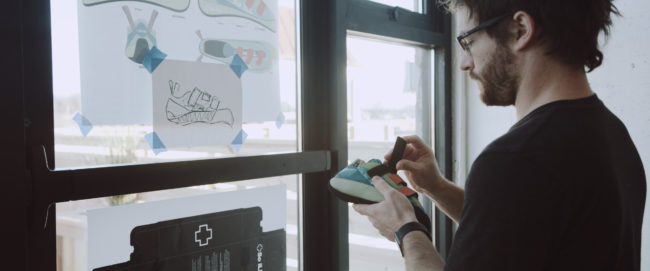
So in the distinctive So iLL style the Chancellor’s set out to create a truly original climbing shoe that married form and function. Their challenge was to make an innovative shoe that fit into the unique brand they had developed over the past decade and a half.
“I feel like if we had launched the shoes 3 or 4 years ago, or even 5 or 6 years ago, that we would have just tried to make something that was just crazy … just crazy,” Chancellor said. To break away from their earlier style, Daniel reached out to designer and climber Didier Epain from the firm Think Think design in Annecy-le-Vieux, near the Swiss border with France. Epain has worked for other climbing companies such as Salomon ski, Petzl and Millet, and Chancellor felt that he could bring a new thinking to climbing shoes and new thinking to the look of the shoe.
“[The] So ill team have a good energy, they are always enthusiastic for new projects and I wanted the products to express this positive freedom,” Epain told CBJ.
Central to their approach was their commitment to a clean and simple design philosophy. From the more utilitarian climbing holds, to the streamlined dry bags and yoga tights, the shoes are the culmination and the highest profile example of their new approach to design.
To find the right inspiration for the footwear line, the team looked at vintage shoes and tried to model their classic simplicity. “The vintage footwear that we studied and looked at, we were really inspired by it. These shoes, they were thirty years old and they were still cool,” Chancellor said.
High Performance Climbing Shoes Inspired by Retro Footwear.
A look back at a time-honored product could have resulted in a stale looking bowling shoe for ironic hipsters. Instead, the team took the vintage look and melded their unique perspective and came out with a shoe that does not look anything like other shoes on the market; and yet the shoes are somehow attractive not only to the beginner climber but to the climber who has been buying shoes for decades.
“We didn’t want to create something different and crazy just to be different. We really were after a timeless, simple aesthetic,” he said. “And in doing that, we really did create something different.”
The new climbing shoe line includes four models targeting beginner to advanced climbers. Instead of pandering to women, So iLL has done away with gendering the footwear (something they’ve also done with their yoga tights), and instead provide “LV” or low volume models to accommodate different foot types. The shoes are expected to be available for purchase in August.
Breaking into the highly competitive climbing shoe market is not easy. Traditionally, climbing shoes are worn to achieve the highest levels of sports performance. This demands an exceptional design with the right materials. But finding the perfect sticky rubber is a challenge that usually involves lots of research by professional chemists. The shoes also need to be comfortable on vertical terrain and fit a wide array of foot morphology.
So iLL was able to achieve all of this through three years of design and extensive product testing to find a unique rubber that could be blended with color and still retain its sticky quality.
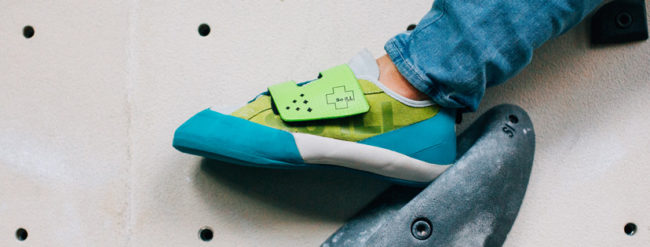
Paying Dues – Growing up
When Daniel Chancellor looks back at when he started the company, he gets embarrassed. “We were punks, we were skateboarders, we were climbers. We didn’t know, I mean, I was 18 years old man, we didn’t know anything!” he said. Being artists with an entrepreneurial inclination, they had an idea to do something different and at the time that resulted in really weird and interesting holds.
Chancellor may look back with some resignation at those early designs, but by challenging the status quo they changed the indoor climbing environment. Since literally anything could now be a climbable object, shapers were free to let go of their self-imposed creative limits; because there were now brains and babyheads on the wall, routesetters started to break free from traditional rock climbing movement (the bouldering boom and competitions helped with this too).
More importantly, all that unbridled creativity and the naivety to try crazy ideas has helped them get to where they are today. “I needed all those experiences through all those phases to get to the big deal … and shoes are the big deal,” he said.
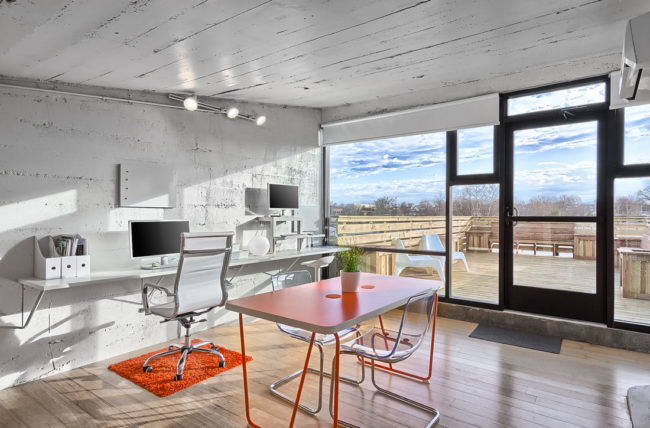
When So iLL first hit the scene there were only 148 climbing gyms in the US and only a handful of serious climbing hold retailers. Climbing brands were still marketing to “real” climbers; those that trained and pined for real stone. If you were a climber that actually liked climbing indoors over going outside to the crag, no company acknowledged your existence.
Daniel Chancellor is one of the few climbing business owners that sells products to the gym customer, a climber that actually admits to enjoying climbing indoors. “I got introduced to climbing through a climbing gym. I fell in love with indoor climbing,” he said.
And now that climbing is gaining the attention of the general public and deep pocketed investors, many companies are ramping up their marketing efforts to the urban indoor climber.
“I see these big companies trying to buy in, trying to throw money at it and connect with people,” Chancellor said. “For us, I’m really thankful that we paid attention to that space before it was, like, a business opportunity. I don’t feel like some kind of sell out that’s trying to buy in now.”
So iLL’s long-time hold rep, Chris Danielson, reflected on what has contributed to the brothers’ success.
“I think the Chancellor brothers’ success results from a combination of traditional reasons for success in business, and other more unique factors. There’s the strong traits of being relentlessly hard-working and motivated, and I assume most people that are successful in business have those characteristics. But then there’s also the attitude they have of doing it their own way and with that, being confident in their own perspective and vision. I think the latter is particularly important with the sport and lifestyle and then the business of climbing too.”
With the launch of a consumer climbing shoe So iLL is attempting to take their brand to the next level. From their early days as a scrappy climbing hold producer — essentially a business to business endeavor — they are looking to become a top retailer for indoor climbers. With their boldly branded selection of ropes, chalk bags, yoga pants and now climbing shoes, they are off to a good start.
To get to the top, and stay there, is another matter. Bigger, more established companies also have their eyes on the growing indoor climbing market.
To compete successfully, the Chancellor brothers will need to take to heart every lesson they’ve learned through every product launch they’ve had. What sets them apart from other indoor climbing brands is that they are the user and the producer of every product they sell. Everyday they see their products being used in their gym and they relate to the people using the products.
“All came from actually doing it. By being in the space,” Chancellor said. “This is what I envisioned from the beginning and now we’re here.”

Climbing Business Journal is an independent news outlet dedicated to covering the indoor climbing industry. Here you will find the latest coverage of climbing industry news, gym developments, industry best practices, risk management, climbing competitions, youth coaching and routesetting. Have an article idea? CBJ loves to hear from readers like you!




